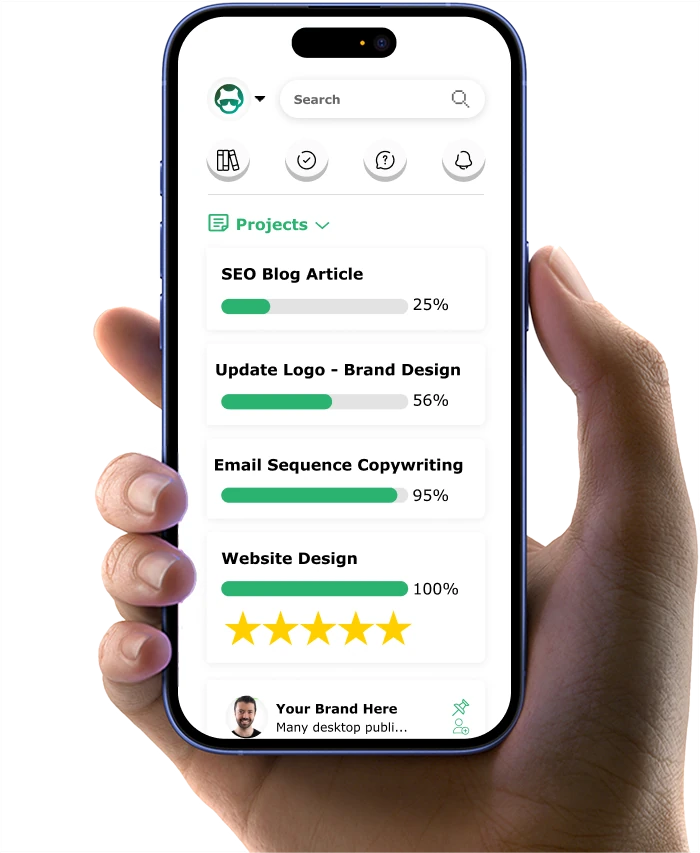Voice Search SEO Tips: Get Found in 2025

Voice search SEO for ecommerce isn't just a trend - it's quickly becoming the main way customers find products online.
Is your online store still built for how people type instead of how they speak?
You've spent years perfecting your product pages. You've researched all the right keywords. Your meta descriptions are flawless. But your traffic is dropping, and you can't figure out why.
I see this problem every week with store owners just like you.
The hard truth is simple: "Most stores are optimizing for typing, not talking."
This disconnect is costing you sales. While 71% of consumers now prefer voice queries over typing, most online stores are still stuck in the keyword-stuffing era.
In this guide, I'll show you exactly how to fix this problem with practical steps that have helped store owners reclaim their voice search visibility.
Here's what you'll discover:
- The conversational language formula that makes voice assistants instantly recognize your products
- A hidden FAQ structure that voice search algorithms prioritize when selecting results
- The mobile speed technique that keeps your store from being filtered out before customers hear about you
- Question-based keyword strategies that match how real customers speak to their devices
- The schema markup secret that helps search engines feature your products in voice results
Ready to make your store voice-search friendly? Let's get started...
Want to get all your marketing and funnel work done—without the headaches of hiring a team? Download our free guide: 33 Marketing Projects You Can Delegate to Growbo and discover how to save 100+ hours a month, grow faster, and scale without the overhead.
Voice Search Tip #1: Write Product Descriptions Using Natural, Conversational Language for Voice Search Success
Voice search SEO starts with how you write your product descriptions. Most ecommerce stores still use stiff, keyword-stuffed copy that only works for typed searches. When customers use voice assistants, they speak like real people. If your product descriptions sound robotic or overly technical, you’ll miss out on these buyers.

Statistics from Experro show that 71% of consumers prefer voice enabled search over typing, highlighting it as a more convenient way to conduct queries. That means your descriptions must match the way people talk, not just the way they type.
Here’s what this means for your store: conversational language is no longer optional. It’s the difference between showing up in voice search results and being invisible to a growing group of shoppers.
Quick Implementation Guide
- Start with a question or statement a customer might actually say. For example, instead of "High-performance hydration vessel," write "Looking for a water bottle that keeps drinks cold all day?"
- Use short sentences and contractions, just like you’d speak out loud.
- Include answers to common questions directly in the description, such as "Is this bottle BPA-free? Yes, every bottle is made from safe, BPA-free materials."
KEY INSIGHTS
- Write your product descriptions like you’re talking to a customer in person.
- Use natural language, answer real questions, and avoid jargon.
- Audit your top 10 product pages this week and update the copy for voice search compatibility.
Ready to make your FAQ section work for voice search? The next section covers how to build one that answers real customer questions and drives more traffic to your store.
Voice Search Tip #2: Build a Comprehensive FAQ Section That Captures Voice Search Traffic
A well-crafted FAQ section significantly boosts your voice search optimization results. Shoppers often ask voice assistants direct questions, expecting fast, clear answers. If your FAQ is thin or generic, you’re missing a prime opportunity to be featured in voice results. Instead, create a robust FAQ that addresses real customer concerns, using the same language your buyers use.
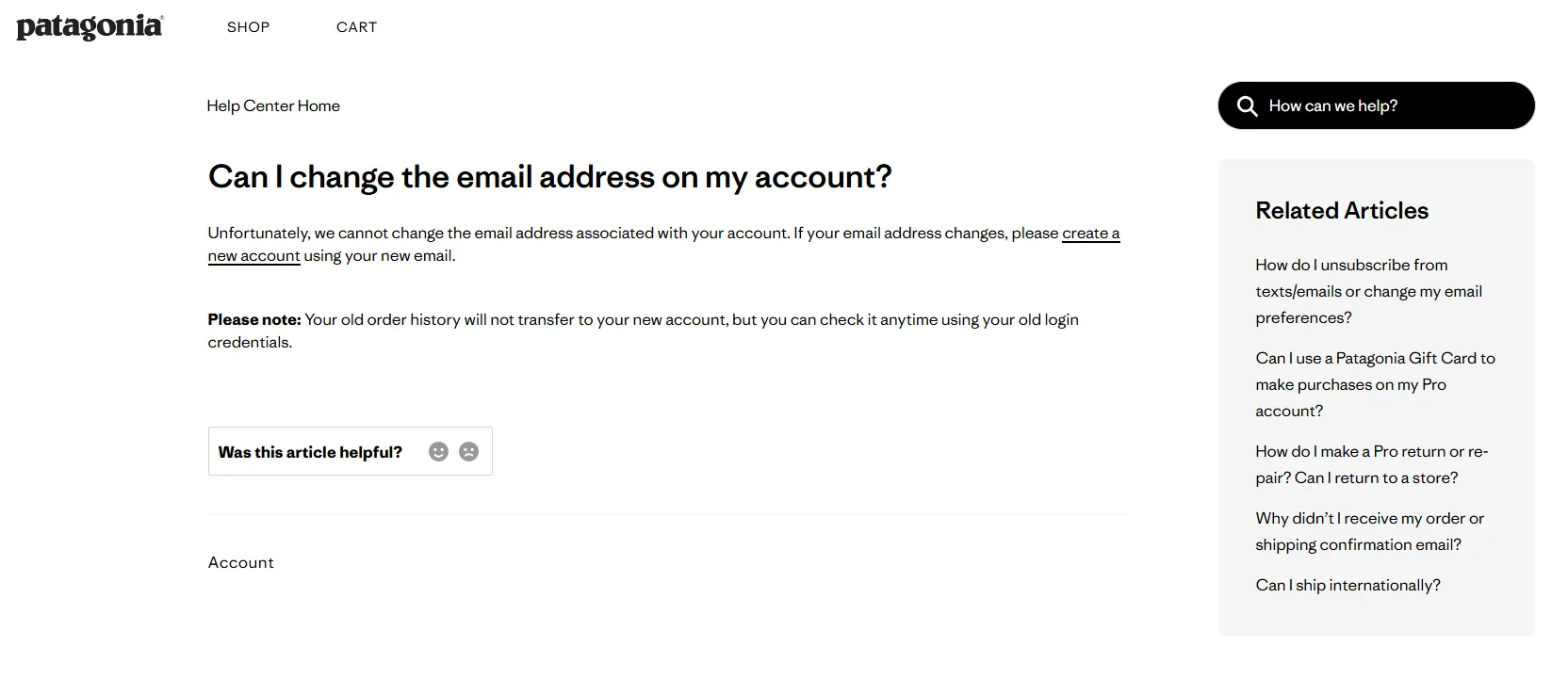
Start by collecting the most common questions from your customer support tickets, live chats, and product reviews. This ensures your FAQ reflects actual user intent, not just what you think people want to know. By matching your FAQ language to real-world phrasing, you increase your chances of being chosen by voice assistants.
Successful ecommerce brands update their FAQ sections quarterly, keeping pace with new product launches and shifting buyer behavior. According to Search Engine Journal, 58% of consumers have used voice search to find local business information.
Quick Implementation Guide
- Identify top customer questions from support logs and reviews.
- Write answers in a conversational tone, using short sentences.
- Organize questions by topic for easy navigation.
- Review and update your FAQ every three months.
KEY INSIGHTS
- Build your FAQ from real customer questions and keep it updated.
- Use conversational, voice-friendly phrasing in every answer.
- Review your FAQ quarterly to stay relevant and capture new voice queries.
Let’s move to site speed, a critical factor for both voice search and mobile shoppers.
Voice Search Tip #3: Ensure Fast Website Loading, Especially on Mobile Devices
Website speed, particularly on mobile devices, is crucial for voice search SEO success. If your site loads slowly, voice assistants are less likely to recommend it, and shoppers will move on. According to Yaguara, 27% of the global online population uses voice search on mobile, so optimizing for speed is non-negotiable.

Compress images, remove unnecessary code, and use a reliable hosting provider to keep load times under three seconds. Test your site with tools like Google PageSpeed Insights at least once a month. Prioritize fixes that impact mobile performance, since most voice searches happen on phones.
Fast-loading sites not only rank higher for voice search but also reduce bounce rates and improve conversions. This is especially important for ecommerce, where even a one-second delay can cost you sales.
Quick Implementation Guide
- Run a speed audit using Google PageSpeed Insights.
- Compress all product images to reduce file size.
- Minimize scripts and plugins that slow down your site.
- Choose a hosting provider with proven uptime and speed.
KEY INSIGHTS
- Measure and optimize your mobile site speed regularly.
- Prioritize fixes that improve loading times for mobile users.
- Keep your site under three seconds to stay competitive in voice search.
The next step is making your content match how people actually speak to voice assistants.
Voice Search Tip #4: Use Question-Based Keywords and Structure Content for Voice Queries
Align your website language with the way people actually talk for better voice search results. Most voice queries are full questions, not just keywords. For example, people ask “Where can I buy running shoes near me?” instead of typing “running shoes.” If your product pages and blog posts use these question-based keywords, you’ll match more voice searches.
Start by brainstorming the top questions your customers ask about your products. Use these questions as headings or in your copy. This not only helps voice assistants find your content, but it also makes your site more helpful for human visitors.
According to statistics, 71% of consumers today prefer voice search to traditional typing, so aligning your content with real speech patterns is critical.
Quick Implementation Guide
- List 10-15 common customer questions for your top products.
- Use those questions as H2 or H3 headings on your product and FAQ pages.
- Write answers that are clear, direct, and easy for voice assistants to read aloud.
KEY INSIGHTS
- Add real customer questions to your product and FAQ pages.
- Use those questions as subheadings and answer them clearly.
- Keep language natural and direct for both voice assistants and shoppers.
Next, let’s make sure your store’s organization helps both users and search engines.
Voice Search Tip #5: Organize Your Store with Clear, Logical Categories for Voice Discovery
A well-structured website improves your voice search SEO performance. Voice assistants need to understand your site structure to recommend the right products. If your categories are confusing or overly broad, you’ll lose out on valuable voice traffic.
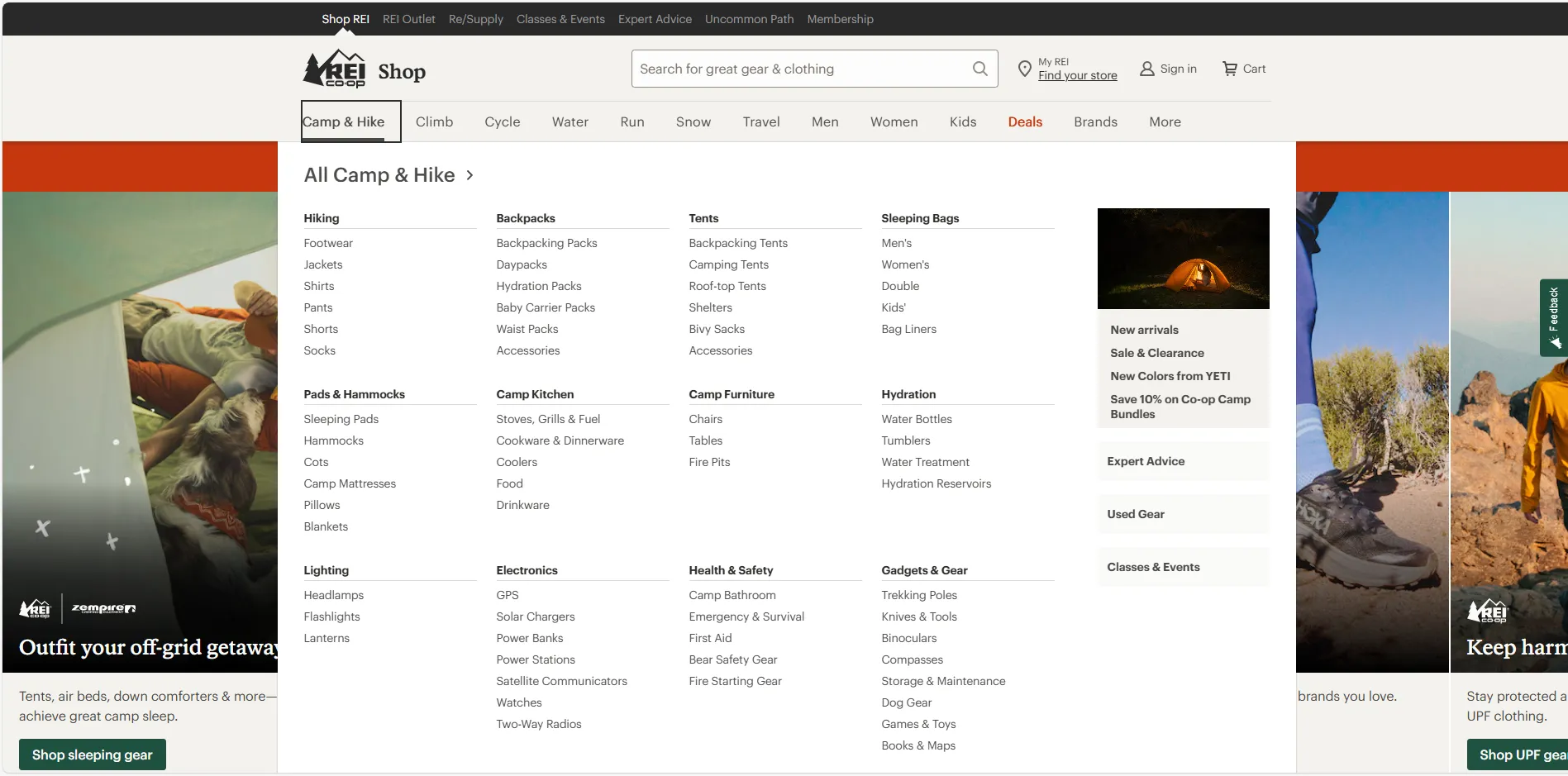
Group your products by how customers shop, not just by brand or technical specs. Use category names that reflect everyday language, like “Running Shoes” instead of “Athletic Footwear.” Review your categories each quarter and adjust them based on sales data and customer feedback.
Clear categories help shoppers find what they want faster, and they make it easier for voice assistants to pull relevant results from your store.
Quick Implementation Guide
- Audit your current categories and subcategories for clarity.
- Rename any categories that use jargon or brand-only terminology.
- Group products by use case or customer intent where possible.
KEY INSIGHTS
- Review and update your categories to match customer language.
- Group products for easy discovery by both humans and voice assistants.
- Check sales data to guide your category structure decisions.
In the next section, you’ll learn how to claim and optimize your Google Business Profile to ensure local voice visibility.
Voice Search Tip #6: Claim and Optimize Your Google Business Profile for Local Voice Search
Your Google Business Profile helps people find you when they search by voice. When shoppers use voice assistants to find stores or products nearby, Google often pulls information directly from these profiles. If your profile is outdated or incomplete, you lose out on local voice traffic.
Start by claiming your business profile if you haven’t already. Fill in every detail: business name, address, phone number, hours, and website. Add high-quality photos and encourage reviews, since voice assistants reference these in their responses. Update your profile quarterly or whenever your business details change.
According to Search Engine Journal, 58% of consumers use voice search for local business info, making this step non-negotiable.
Step-by-Step
- Go to Google Business Profile and sign in.
- Claim or create your business listing.
- Complete every field, including business hours and services.
- Add recent, high-quality images.
- Monitor and respond to reviews promptly.
KEY INSIGHTS
- Keep your Google Business Profile accurate and up-to-date.
- Use fresh photos and respond to reviews to boost local voice visibility.
- Check your profile at least every quarter to stay competitive.
Next, let’s look at how to use location keywords to capture even more local voice searches.
Voice Search Tip #7: Target Local Voice Searches with "Near Me" and Location Keywords
Voice search is most effective for local searches like "best coffeeshop near me." If you have a physical store or offer local pickup, you need to use "near me" and specific location keywords throughout your site. This helps voice assistants connect your store to nearby shoppers.
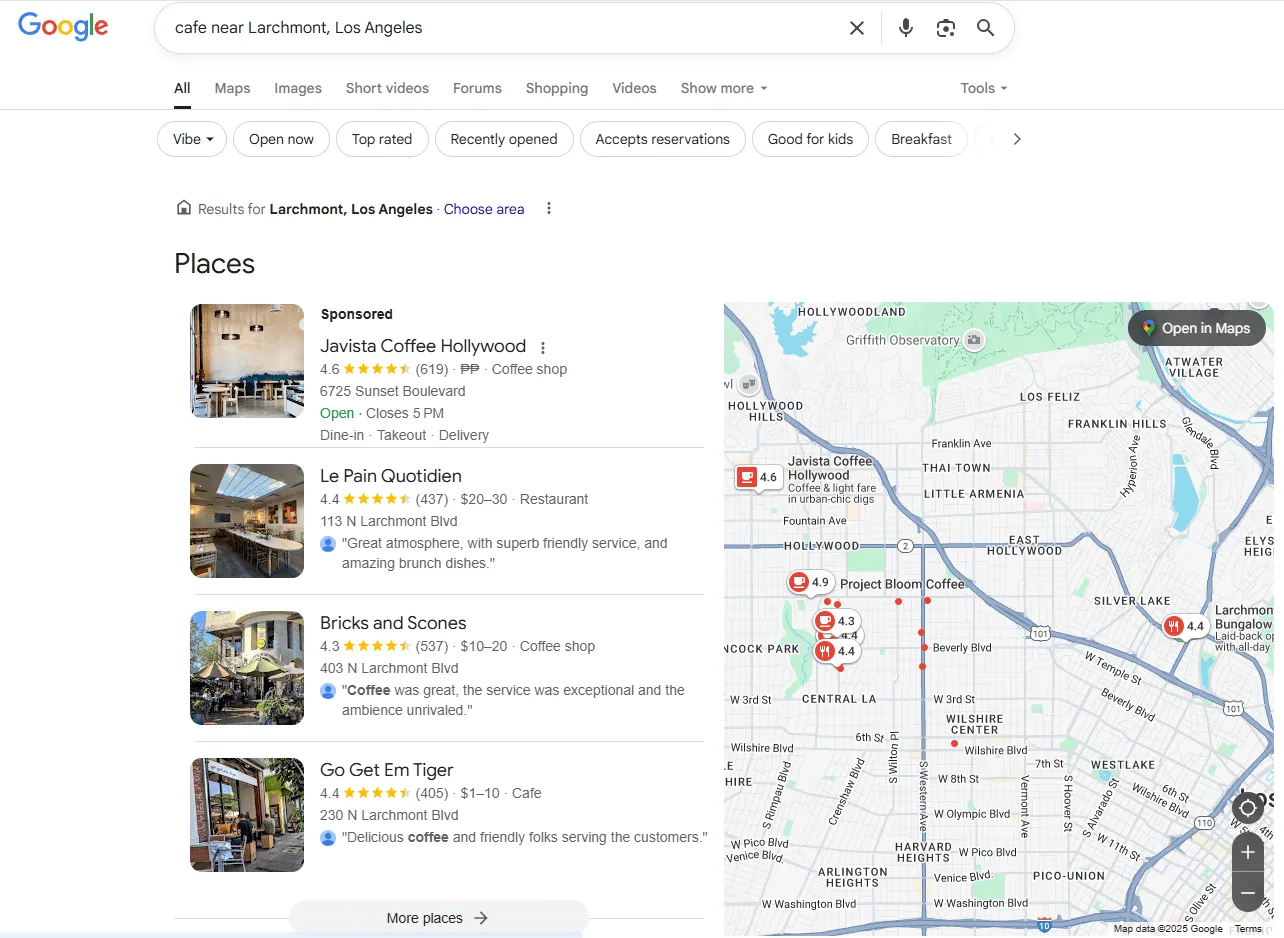
Include your city, neighborhood, or region in product and landing pages. Mention local pickup or in-store options clearly. This not only helps with voice search but also builds trust with shoppers who want to know exactly where you are.
BrightLocal reveals that 46% of voice search users look for a local business daily, so this tactic is a top priority for ecommerce brands with physical locations.
Quick Implementation Guide
- Add your city and neighborhood to product and landing page copy.
- Highlight local pickup or in-store shopping options.
- Update all business listings to match your website’s location info.
KEY INSIGHTS
- Feature your location and local options on every relevant page.
- Ensure all business listings are consistent with your website.
- Focus on clear, natural language that helps both voice assistants and customers.
Now, let’s explore how customer reviews can make your store stand out in voice results.
Voice Search Tip #8: Feature Customer Reviews and Testimonials to Boost Voice Search Credibility
Real customer reviews help your voice search SEO perform better. Voice assistants often pull content from reviews when answering queries, especially for product recommendations and local businesses. If your product pages lack reviews, you’re missing a valuable trust signal for both search engines and shoppers. Encourage your customers to leave detailed, honest feedback. Display reviews prominently on product pages and consider adding a testimonial section to your homepage.
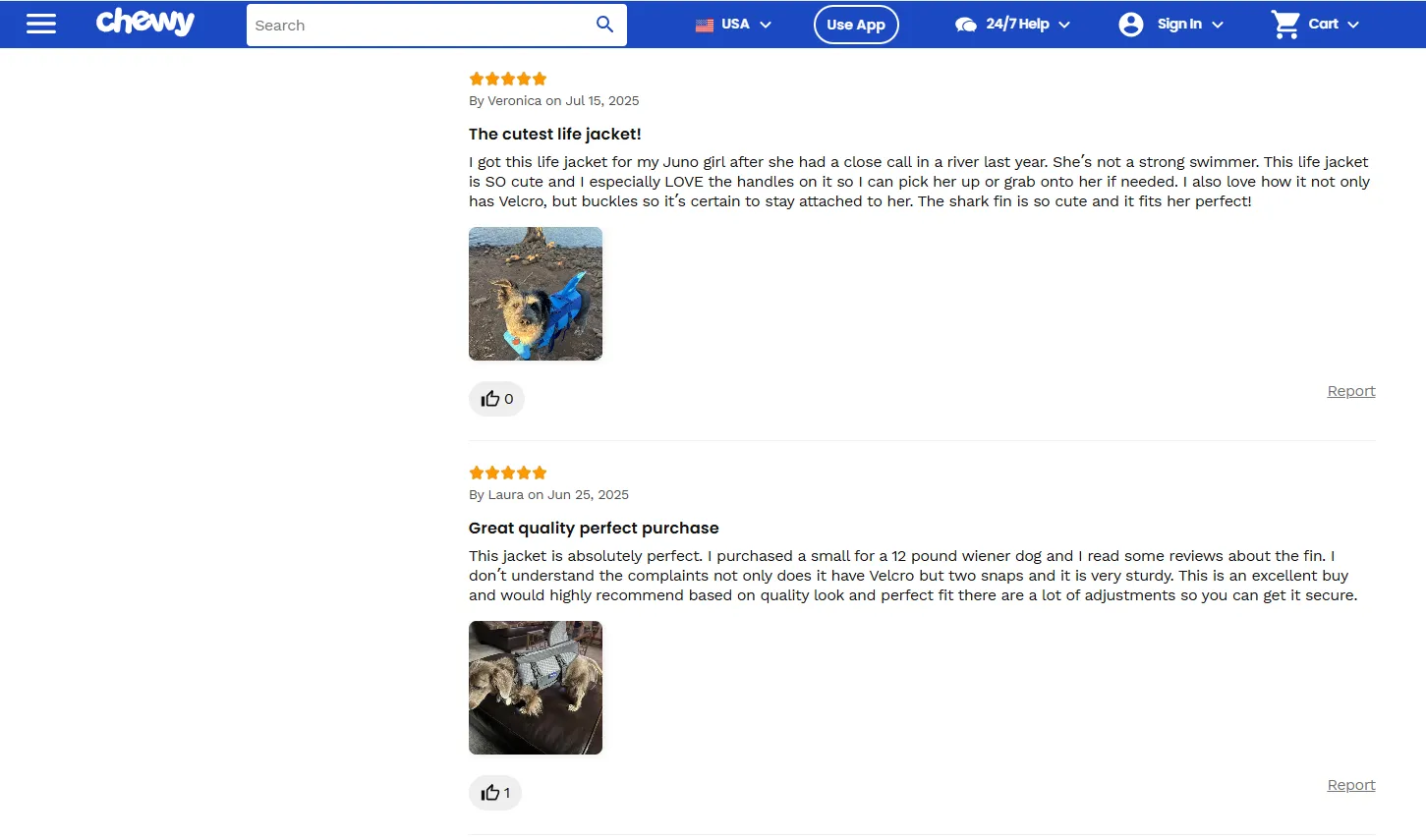
Respond to reviews, both positive and negative, to show that you value customer input.
Smart speaker owners use their devices to search for products weekly, making review visibility crucial.
Quick Implementation Guide
- Request reviews after every purchase using automated emails.
- Highlight recent and relevant reviews on product pages.
- Respond to all feedback promptly and professionally.
KEY INSIGHTS
- Showcase customer reviews and testimonials on every product page.
- Use reviews as a tool for both SEO and customer trust.
- Respond to feedback to demonstrate your commitment to service.
Are you ready to make your answers easy for voice assistants to read aloud? The next section will show you how to format content for maximum voice search impact.
Voice Search Tip #9: Format Key Information for Voice Assistant Readability
It's not just what you say—it's how you arrange it that helps voice search SEO. Voice assistants prefer short paragraphs and bullet points because they're easier to read aloud. If your content is dense or unstructured, your answers may be skipped by voice devices in favor of clearer sources.
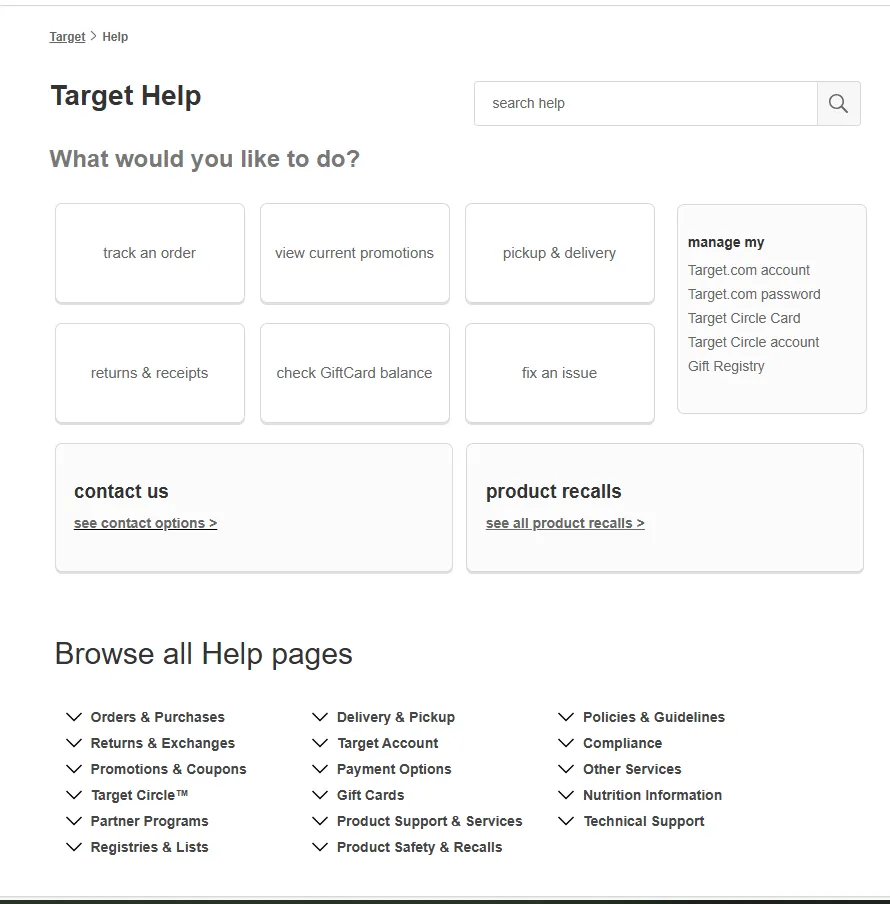
Focus on making your FAQs, product details, and guides scannable. Use headers for each key point and separate ideas with bullet points or numbered lists. This helps both shoppers and voice assistants quickly find what matters most.
Sites that use concise formatting see higher engagement and more featured voice answers. According to Oberlo, 27% of the global online population uses voice search on mobile, so mobile-friendly formatting is critical.
Quick Implementation Guide
- Break up long paragraphs into 1-2 sentence blocks.
- Use bullet points for lists of features, benefits, or answers.
- Add subheadings for each topic in your FAQs and guides.
KEY INSIGHTS
- Use short paragraphs, bullet points, and clear subheadings for all key content.
- Test your pages on mobile to ensure formatting is voice-friendly.
- Update your FAQ and guides to maximize voice search visibility.
Next, let’s talk about keeping your product information and inventory current for both shoppers and search engines.
Voice Search Tip #10: Keep Product Information and Stock Status Up-to-Date for Voice Search Accuracy
Accurate product information is essential for voice search SEO success. Outdated listings frustrate shoppers and can lead to negative reviews or lost sales. Voice assistants rely on real-time data to answer queries about availability, pricing, and features.
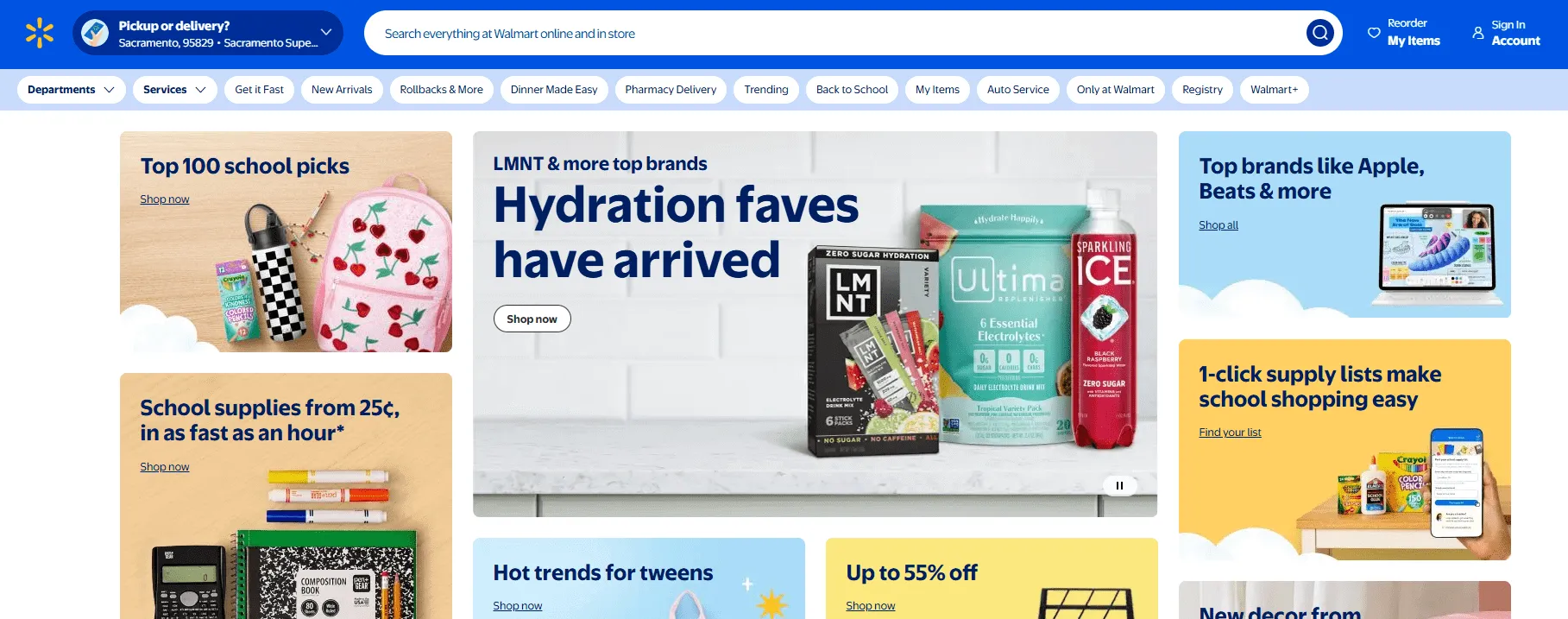
Review your product catalog weekly and update inventory, descriptions, and pricing as needed. Use automation tools to sync stock levels and avoid manual errors. This not only helps with voice search but also improves the overall shopping experience.
Industry leaders track product update frequency as a key metric. If your site frequently shows out-of-stock items, voice assistants may stop recommending your store.
Quick Implementation Guide
- Set a weekly reminder to review and update product listings.
- Automate inventory syncing with your ecommerce platform.
- Remove discontinued products promptly.
KEY INSIGHTS
- Update product details and inventory at least once a week.
- Automate stock syncing to reduce errors and manual work.
- Monitor out-of-stock rates to avoid losing voice search visibility.
Ready to help search engines understand your products? The next section covers structured data and schema markup for ecommerce.
Voice Search Tip #11: Implement Schema Markup to Help Search Engines Understand Your Products
Adding schema markup gives your voice search SEO a big boost. Schema is a special code that helps search engines interpret your product data, reviews, and FAQs. Without it, your site may be overlooked for voice answers, even if your content is strong.
Focus on adding product, review, and FAQ schema to your most important pages. Use Google’s Structured Data Testing Tool to check for errors and validate your markup. This increases your chances of being featured in voice search results and rich snippets.
As shown on research by Truelist, 71% of consumers prefer voice queries, so making your content machine-readable is more important than ever.
Decision Table
Do This: Add schema for products, reviews, and FAQs Not That: Ignore schema or use outdated formats
Do This: Test markup with Google’s tools Not That: Rely on default platform settings
Do This: Update schema as product info changes Not That: Forget to maintain or validate markup
KEY INSIGHTS
- Add and maintain schema markup for all key product pages.
- Test and update your markup regularly to avoid errors.
- Structured data is essential for voice search and rich snippet visibility.
Want to make your product guides even more helpful for voice search? The next section will show you how to create educational content that answers real customer questions.
Voice Search Tip #12: Create Educational Guides and How-Tos That Answer Real Customer Questions
Answer the questions your customers really ask to improve voice search SEO. Educational guides and how-tos are especially effective because voice assistants often pull from this content when responding to queries. Focus on topics that address your customers’ pain points or help them make informed decisions.
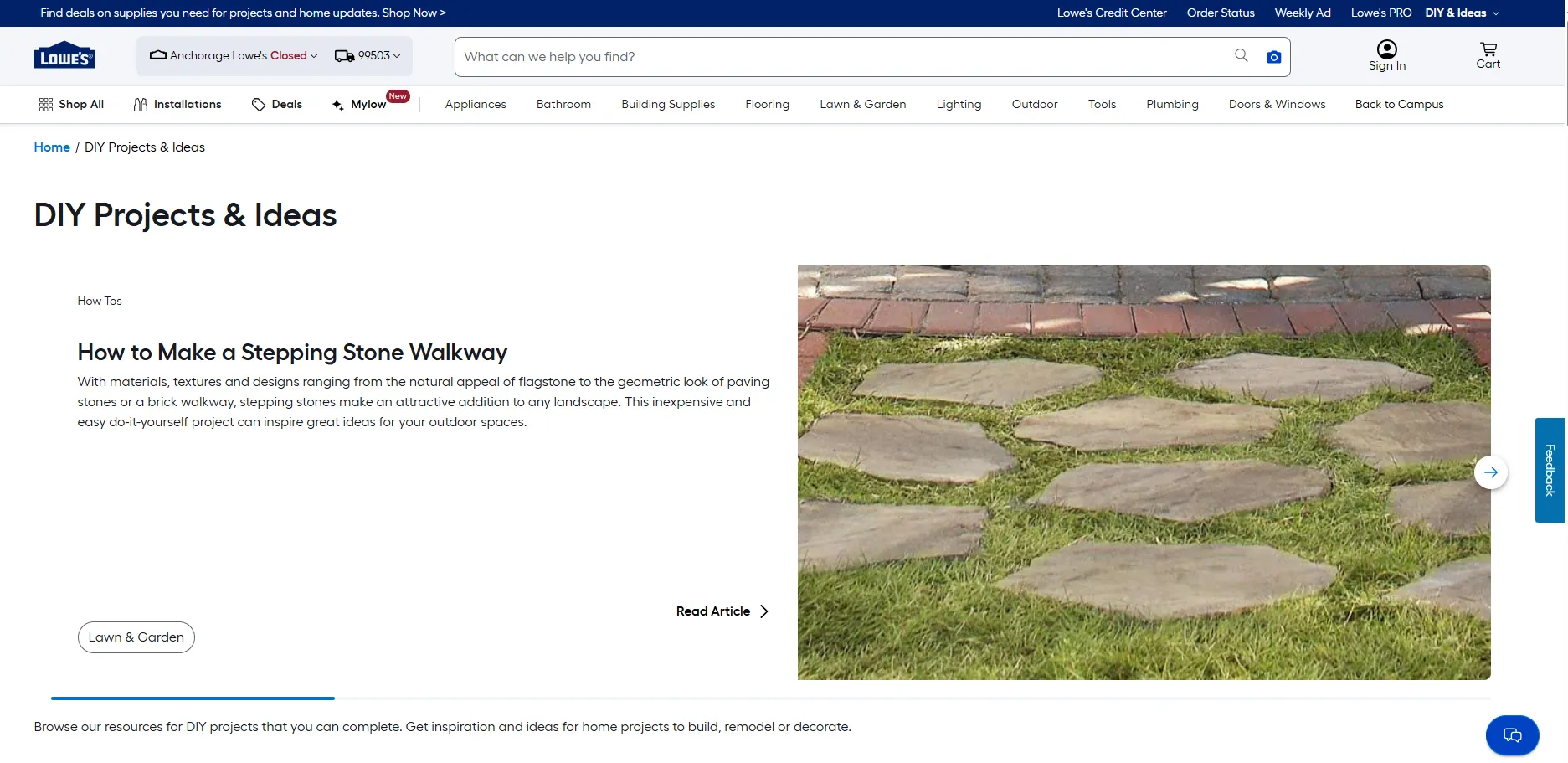
Research your support tickets, product reviews, and competitor sites to find common questions. Then, create step-by-step guides or FAQs using the same language your customers use. This approach not only improves voice search performance but also positions your brand as a helpful resource.
Successful ecommerce brands track guide engagement and search rankings as key metrics. Guides that answer specific questions see higher traffic and more featured voice answers.
Quick Implementation Guide
- Identify the top five questions customers ask about your products.
- Create a guide or how-to for each, using clear steps and conversational language.
- Promote these guides on your homepage and product pages.
KEY INSIGHTS
- Create guides that answer real customer questions in their own words.
- Monitor engagement and rankings to measure success.
- Update guides as new questions or trends emerge.
Voice Search Tip #13: Ensure Your Website Is Fully Responsive for All Devices
Make your website work on all devices to improve voice search SEO. Most voice searches happen on mobile, but shoppers may switch between phones, tablets, and computers. If your site doesn’t adjust automatically, you risk losing both rankings and customers.
Test your website on various devices and browsers. Fix any display or usability issues immediately. Responsive design isn’t just about looks, it’s about providing a seamless experience for every visitor.
Track bounce rates and mobile conversion rates to measure the impact of your improvements. Sites with responsive design see better engagement and more voice-driven sales.
Quick Implementation Guidesign
- Use tools like Google Mobile-Friendly Test to check your site’s compatibility.
- Work with your web developer to resolve any layout or navigation issues.
- Retest after updates and monitor metrics regularly.
KEY INSIGHTS
- Make mobile usability a top priority for voice search SEO.
- Regularly test and update your site for all device types.
- Track results to ensure your changes drive real business outcomes.
What other features would help your shoppers find what they need faster? Share your thoughts or questions below to keep the conversation going!
You've learned the basic voice search tips for your store. Now let's look at more ways to make your website even better. These extra strategies will help you show up first when people use voice search and beat other stores.
Want to get all your marketing and funnel work done—without the headaches of hiring a team? Download our free guide: 33 Marketing Projects You Can Delegate to Growbo and discover how to save 100+ hours a month, grow faster, and scale without the overhead.
Conclusion
I was talking with an ecommerce store owner last week who doubled her organic traffic after implementing just three voice search strategies. The secret wasn't complex technical wizardry - she simply started writing product descriptions the way people actually talk.
That's the thing about voice search right now in July 2025. It's not about chasing algorithms. It's about connecting with how your customers naturally speak and ask questions.
If you're feeling motivated to make your store more voice-friendly, here's where to start:
- Record yourself describing your top product out loud, then use that natural language on your website
- Create a simple FAQ page answering the questions customers ask most often
- Make sure your site loads quickly on mobile devices
- Add your location to product pages if you have a physical store
- Use schema markup to help search engines understand your products
But let's be real - you're already juggling inventory, customer service, and everything else that comes with running an online store. Finding time to implement these voice search strategies might feel impossible.
You can try Growbo's complete marketing team. We'll handle your voice search optimization while you focus on running your business.
Get Growbo today and earn unlimited marketing requests - not just voice search optimization but any marketing task you need help with. Our team can implement everything we've covered in this article.
Not sure if we're the right fit? Schedule a call with our voice search specialist today. We help store owners like you create a custom voice optimization plan that delivers real results.
I'd love to hear which voice search strategy you're most excited to implement. Drop a comment below.
Keep Growin', Stay Focused,
Image Credits:
1. https://www.allbirds.com/products/mens-tree-dashers-natural-black
2. https://www.patagonia.com
3. https://mir-s3-cdn-cf.behance.net/project_modules/1400/4be9f722524619.58e0212a63048.jpg
4. https://wayfair.com/
5. https://rei.com/
6. https://www.chewy.com/frisco-shark-dog-life-jacket/dp/877246
7. https://www.google.com/search
8. https://help.target.com/help/
9. https://walmart.com/ thru https://voice.walmart.com
10. https://www.lowes.com/diy-projects-and-ideas



